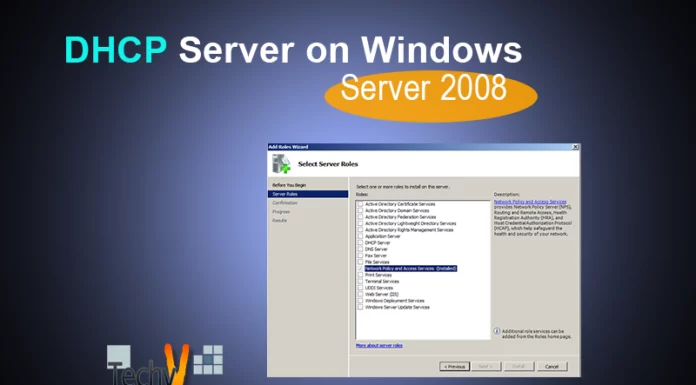What is DCOM and what are the other com’s available with history and different versions?
DCOM is an abbreviation of Microsoft’s Distributed Component Object Model and it is useful in enabling the software programs to communicate easily over the entire network. It is an additional extension of the COM that enables the different COM components to easily communicate along the networking boundaries.
All the traditional COM elements can just perform the inter-process communication process among the networking boundaries on the similar machine. The DCOM, on the other hand, makes use of the RPC means to evidently send and receive any particular information across the COM elements that mainly include clients and servers that are working over the same network.
DCOM was formerly known as Network Object Linking Library that is Network OLE in short. It was first made available in the year 1995 and 1996 for Windows® 95 and Windows®98 operating systems and then was shipped for Windows® 2000 and recent versions.
DCOM is useful in serving all the purposes that are to be served by IBM’s DSOM protocol which is one of the most popular implementation and execution of CORBA. Contrasting CORBA, it runs on numerous operating system where is DCOM is currently being supported by the Windows®.
DCOM is somewhat different from the COM as it is functional for creating such objects that are allocated all across the network, a set of protocols for appealing to the procedures and then securing access to those objects. DCOM wraps the COM; consequently, it is rearward well-suited extension. DCOM also makes use of the RPC protocols.
There has been a controversy that DCOM can be further used as an opening for Trojans, malware and numerous other viruses. However, an update has been released by Microsoft that limits this controversy and fixes all such vulnerabilities. You should never be disabling the DCOM services as it is one of your system’s critical and significant services. Before disabling, you should know what you are doing otherwise it may cause serious issues in your system. You should be updating your Windows® on frequent basis as this will be saving your system from all kinds of vulnerabilities.
Even though, the Microsoft’s COM model has been referred to numerous different things but mainly it comprises of two major ones that are; a set of services that are related to the system and a programming model.
The COM technologies by Microsoft allow program components to easily communicate. It is adopted by most of the developers to create reusable application elements to be linked together to build up another application and taking benefit of various Windows services. A large number of programming languages can be applied to create COM such as C++, the family of COM objects mainly include; ActiveX® Controls, Distributed COM (DCOM) and COM+. COM interfaces by Microsoft is available for numerous Windows® based application such as Microsoft Active Directory, Windows Portable Devices, Windows Animation Manager, Packaging API, Media Foundation, and Direct Show.

















